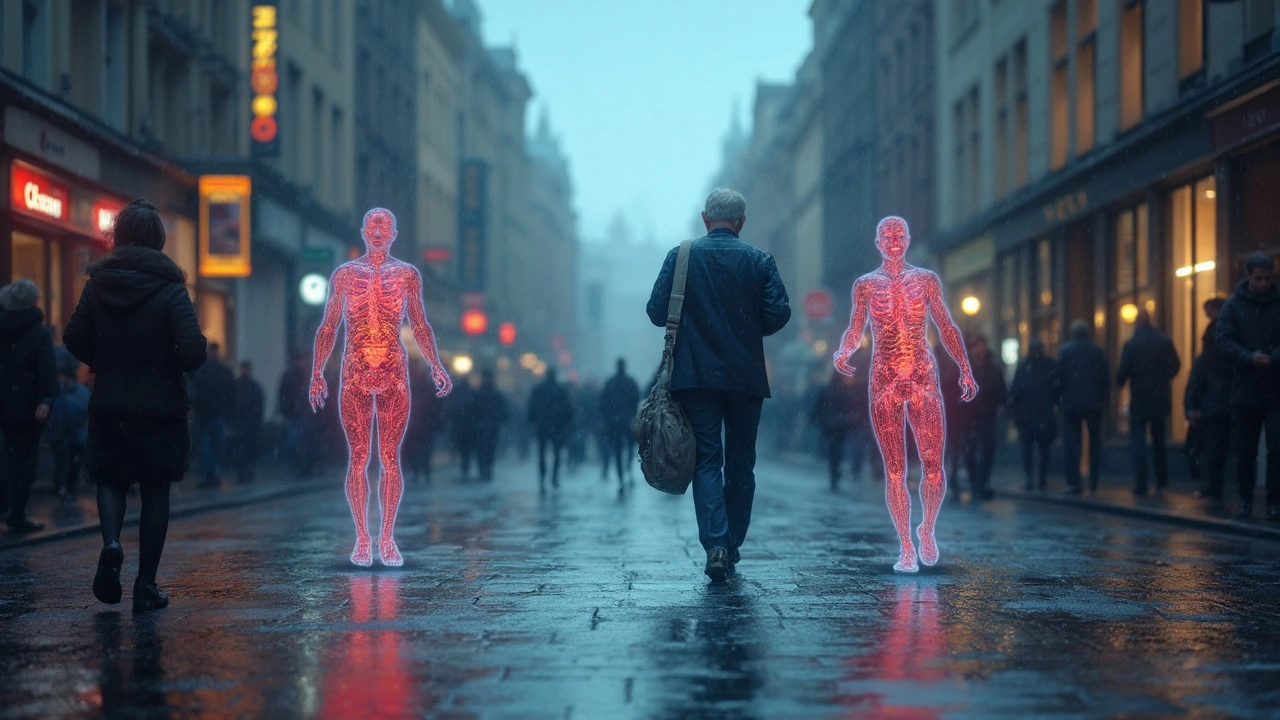Blood Clots: Essential Facts to Keep You Safe
Blood clots happen when blood thickens and plugs part of a vein or artery. While clots help stop bleeding when you get injured, they can be dangerous if they form inside your vessels for no good reason. Knowing what puts you at risk and spotting symptoms early can make a real difference.
Common causes include injury, surgery, and long periods of inactivity like flights or bed rest. Conditions such as obesity, smoking, cancer, or genetic factors also boost the chances of forming clots. That’s why doctors pay close attention to your history if you fall under these categories.
How to Recognize Symptoms of Blood Clots
Clots can show up in different parts of your body but deep vein thrombosis (DVT) in the legs is common. Watch for swelling, redness, warmth, or pain in one leg. Sudden chest pain, difficulty breathing, or coughing up blood may signal a clot has traveled to your lungs, which is serious and needs immediate care.
Simple Ways to Reduce Your Risk
Staying active is one of the best defenses. Avoid sitting still for too long; get up and move around regularly. If you’re at higher risk, your doctor might prescribe blood thinners (anticoagulants) to keep clots from forming. Also, staying hydrated and wearing compression stockings during long trips or recovery can help blood flow smoothly.
Understanding blood clots shouldn’t be complicated. By knowing the risks and signs, and taking simple precautions, you can help keep yourself safe and healthy. If you ever notice symptoms that worry you, don't wait to get checked out—catching clots early saves lives.

